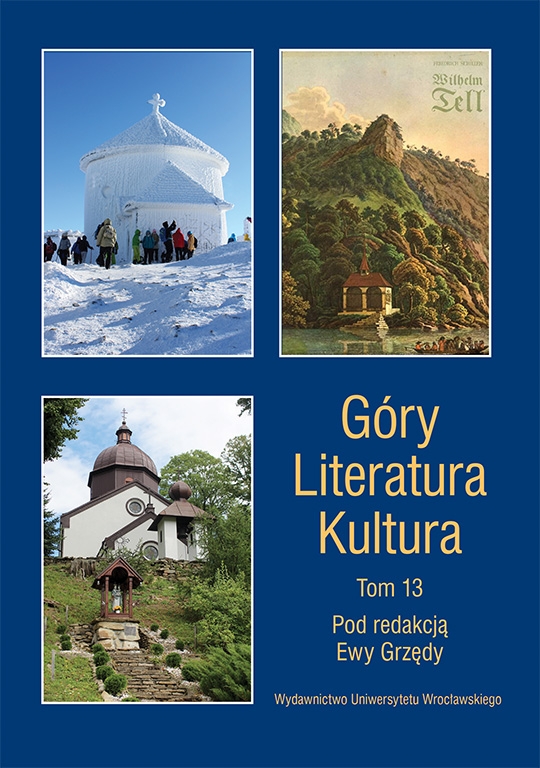

Rozprawy, studia, szkice

If a route is understood to be a selected or marked sequence of places within a given space, the term can also encompass a climbing route, which is a sequence of places in the mountains, on a rock, ice wall or arête through which we can reach a specific destination — in the case of climbing it is usually the top of a mountain or an element in the structure of a mountain that stands out. Thus a route is an order of the places through which a climber is pursuing his or her goal — a top or an arête. In the physical sense this route, blended in the mountain landscape, does not exist, although it can be marked by a painted trail, small mounds, but not ladders and stairs, because these are elements of a route existing in the physical sense, while a climbing route is an intentional, virtual being existing only in the climber’s mind, first as a project of traversing a given rock formation, obviously large enough, i.e. requiring movement in this space, and then as the above mention order (sequence) of places — rock formations, from large to the smallest ones (grip). Not existing physically in reality (a designated fragment of space to move from place to place), a climbing route appears as a man-designed imagined line, a sequence of places marking the direction in which to move. The real sense of the existence of a route lies in its use: a route is alive, when there is movement on it — in this case mountain climbing.